Anesthesia Risks For Liver Disease
Anesthesia risks for liver disease. Patients with mild liver disease can be expected to have fewer problems with general anesthesia than patients with severe fulminant disease. Key objectives of anaesthesia are to maintain haemodynamic stability targeted support of coagulation and careful maintenance of electrolyte and glucose levels. The effects of anesthesia and surgery on the liver depend upon the type of anesthesia used the specific surgical procedures and the severity of liver disease.
12 One manifestation of advanced liver disease is a hyperdynamic circulation with elevated cardiac output and. Maternal death rate 14 Fetal death rate 130. As previously mentioned anesthetics can also reduce blood pressure and blood flow to the liver and further contribute to liver damage.
In general delayed anesthetic recovery can be expected with the use of any anesthetic agent metabolized by the liver. Total hepatic blood flow is determined by hepatic perfusion pressure mean arterial or portal venous pressure minus hepatic venous pressure and splanchnic vascular resistance. This topic will discuss anesthetic management of patients with liver disease.
Reconsider elective surgery in very high risk patients child-pugh class C or MELD 20 Goals. Hepatic clearance of an agent is dependent upon volume of distribution functional hepatic blood flow hepatic extraction ratio and hepatic microsomal activity. However readers should be circumspect for several reasons.
The conclusions of the study were that anesthesia rarely leads to death from liver failure and that halothane is associated with a lower mortality rate than other anesthetics. Halothane will cause a reduction in blood flow to the liver. Pre-operative correction of coagulopathy hypovolemia.
Maternal death rate up to 10 Fetal death rate up to 20. Despite the fact that anesthesia in chronic liver disease is a scary and pretty challenging condition for every anesthesiologist this hazard could be diminished by meticulous. The use of inhalant anesthetics has been regarded as the best choice for maintenance of anesthesia in patients with severe liver disease Tranquilli et al.
However the hemostatic changes that occur with liver disease may cause hypercoagulation and thrombosis as well as an increased risk of bleeding. Bleeding time is no longer recommended Anesthetic Considerations for Patients with Liver Disease.
Despite the fact that anesthesia in chronic liver disease is a scary and pretty challenging condition for every anesthesiologist this hazard could be diminished by meticulous.
Patients with mild liver disease can be expected to have fewer problems with general anesthesia than patients with severe fulminant disease. Total hepatic blood flow is determined by hepatic perfusion pressure mean arterial or portal venous pressure minus hepatic venous pressure and splanchnic vascular resistance. Therefore inhalants and drugs with specific antagonists such as opioids and α. Despite the fact that anesthesia in chronic liver disease is a scary and pretty challenging condition for every anesthesiologist this hazard could be diminished by meticulous. 12 One manifestation of advanced liver disease is a hyperdynamic circulation with elevated cardiac output and. The effects of anesthesia and surgery on the liver depend upon the type of anesthesia used the specific surgical procedures and the severity of liver disease. Patients with liver disease frequently require perioperative anesthesia and are at increased risk of intraoperative complications and postoperative morbidity and mortality. Bleeding time is no longer recommended Anesthetic Considerations for Patients with Liver Disease. Moreover in people with liver disease anesthetics may stick around longer and not get metabolized as easily thus resulting in a longer duration of action.
Bleeding time is no longer recommended Anesthetic Considerations for Patients with Liver Disease. Maternal death rate 14 Fetal death rate 130. In general delayed anesthetic recovery can be expected with the use of any anesthetic agent metabolized by the liver. Bleeding time is no longer recommended Anesthetic Considerations for Patients with Liver Disease. Moreover in people with liver disease anesthetics may stick around longer and not get metabolized as easily thus resulting in a longer duration of action. In anesthetized animals or animals with liver disease though this autoregulatory mechanism is lost and the risk of ischemia is increased. Increased risk for maternal morbidity and mortality Increased risk for perinatal morbidity.
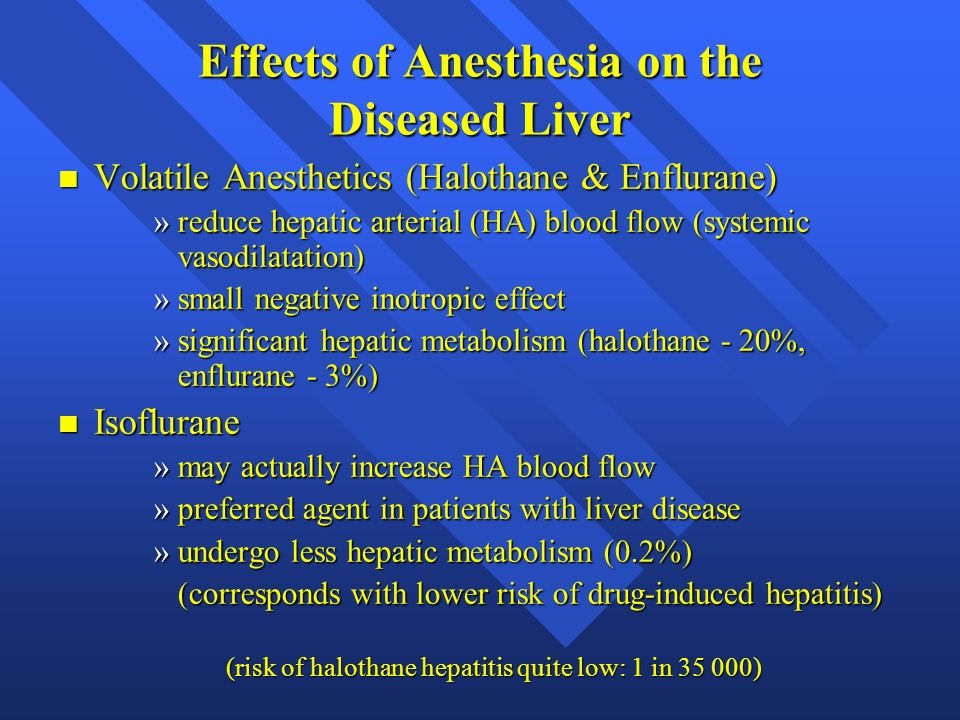
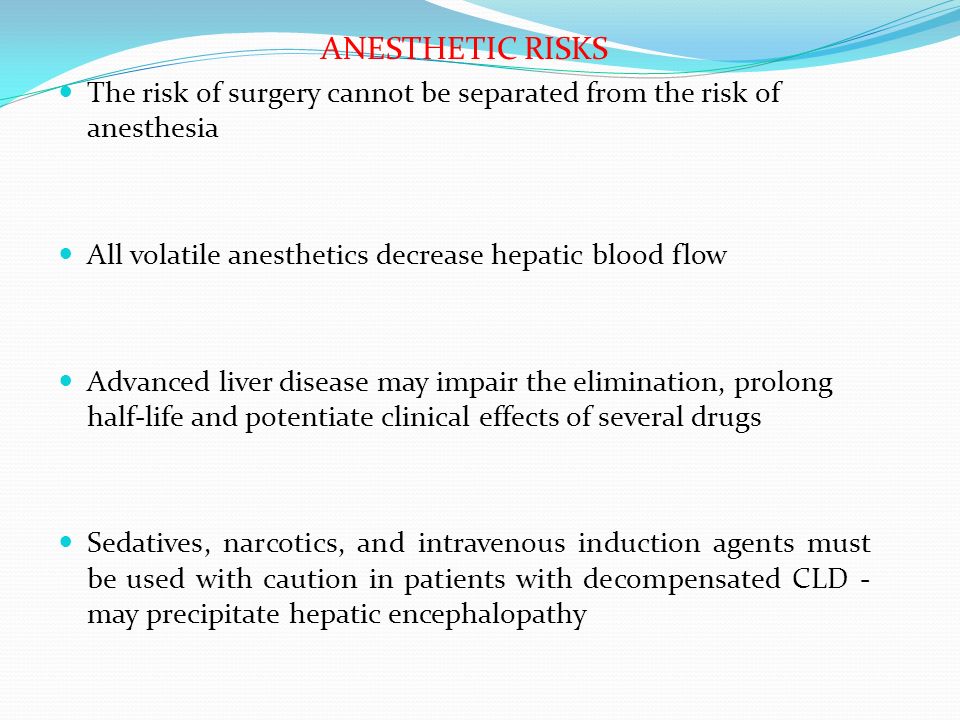

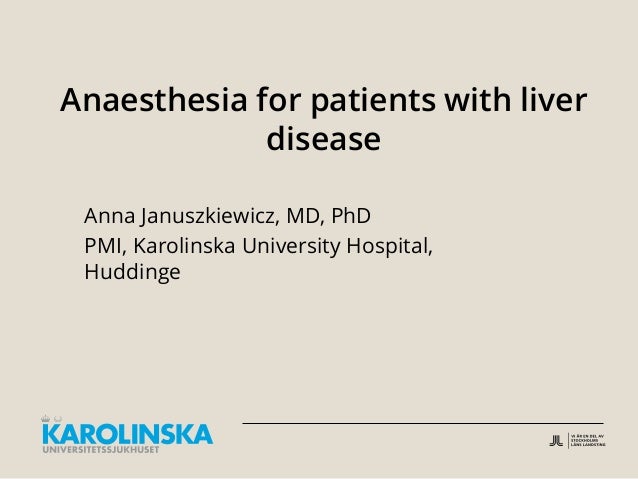
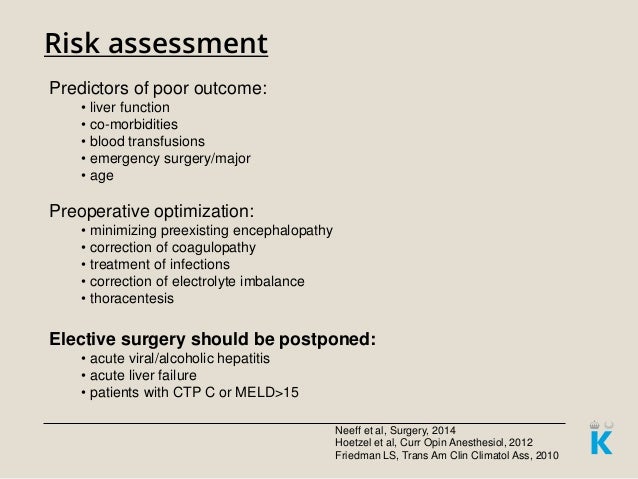


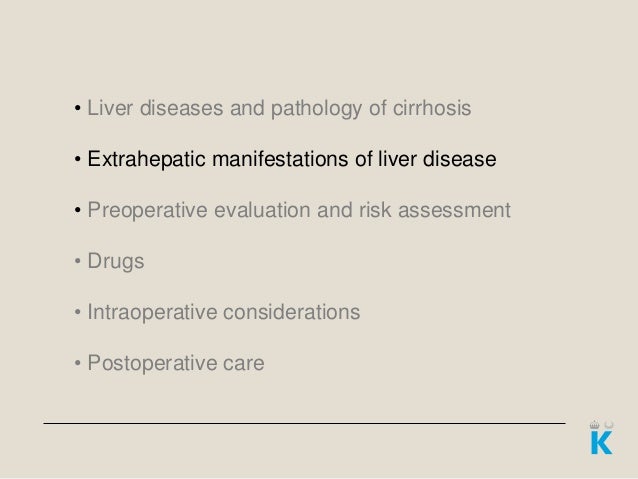
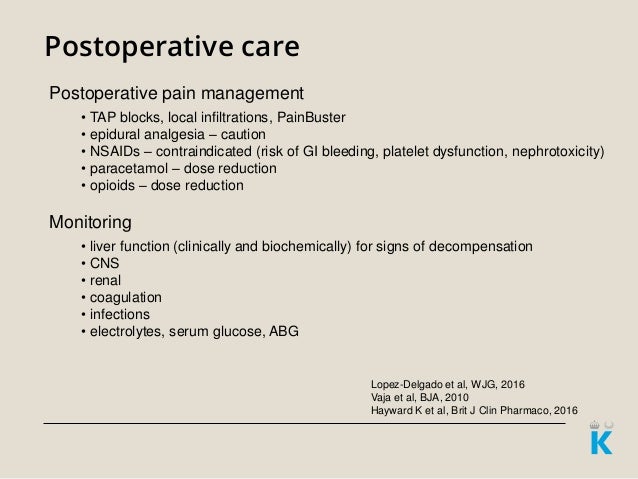
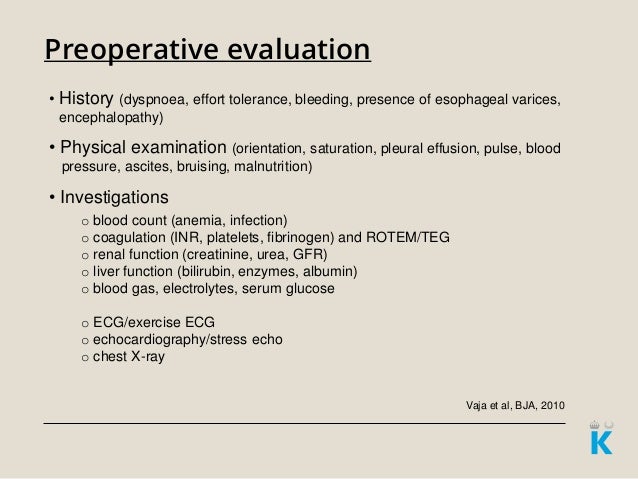
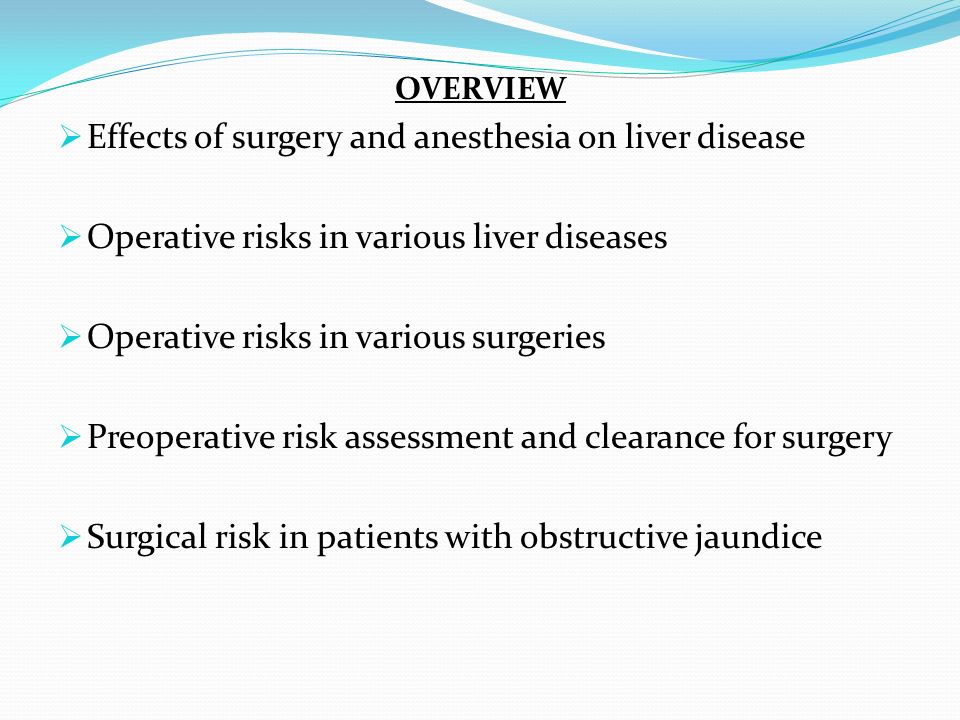


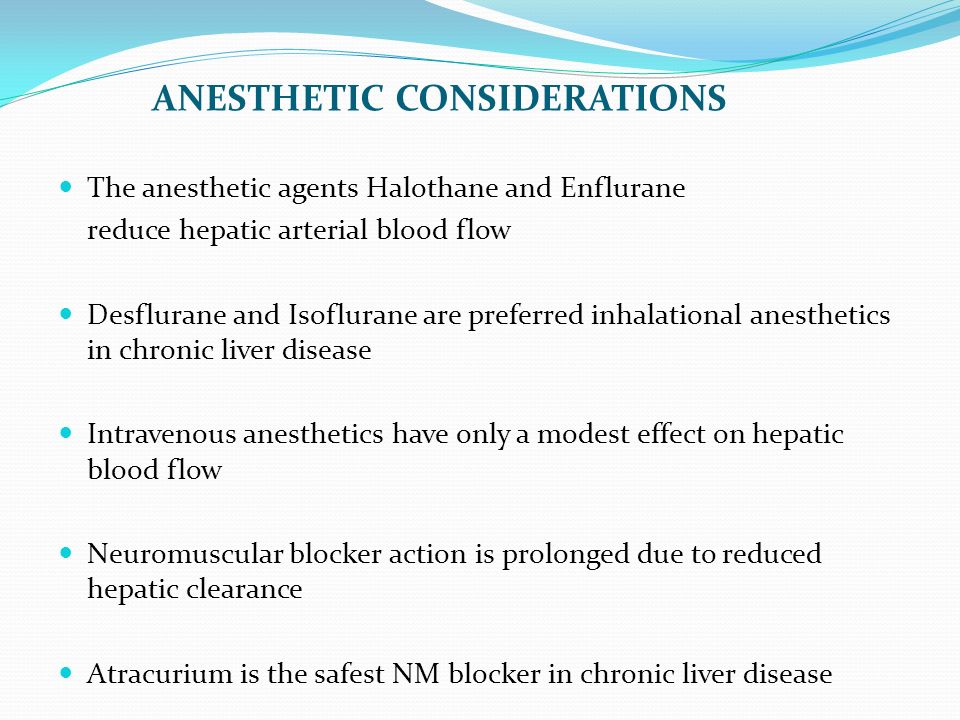

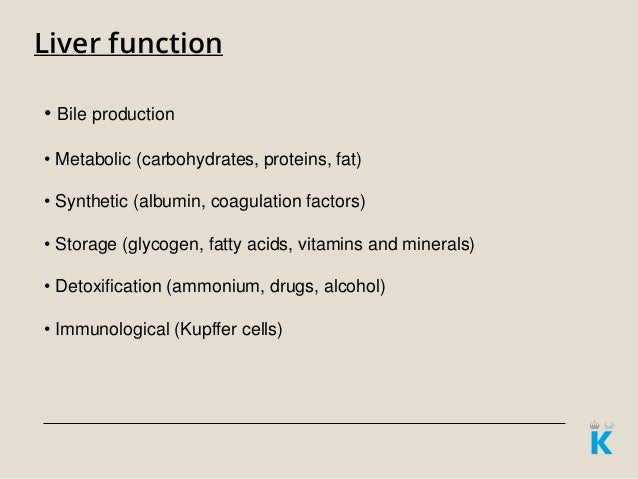





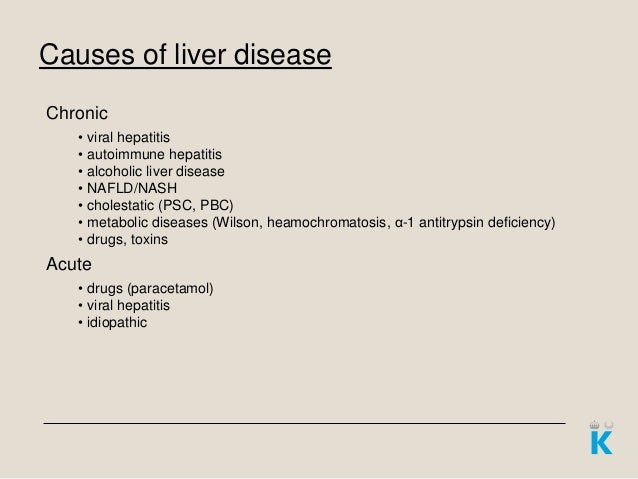

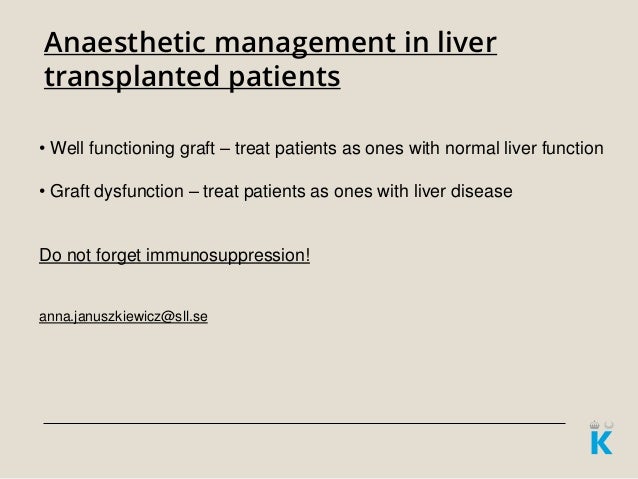


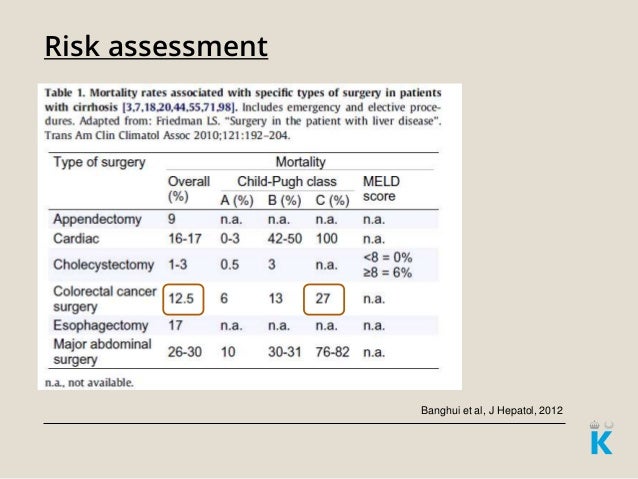


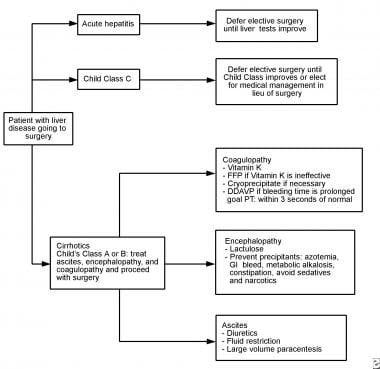
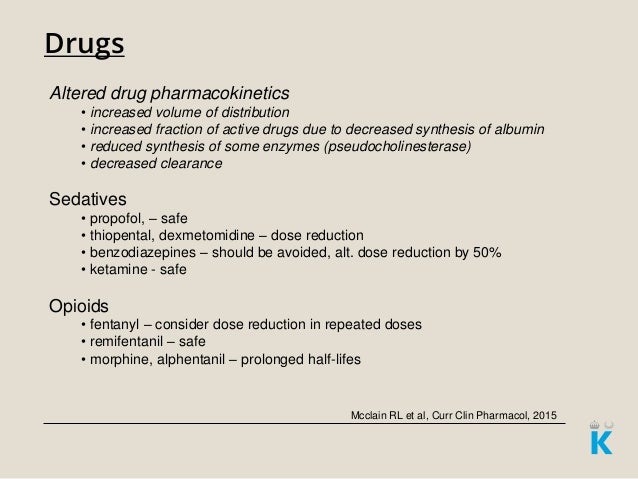










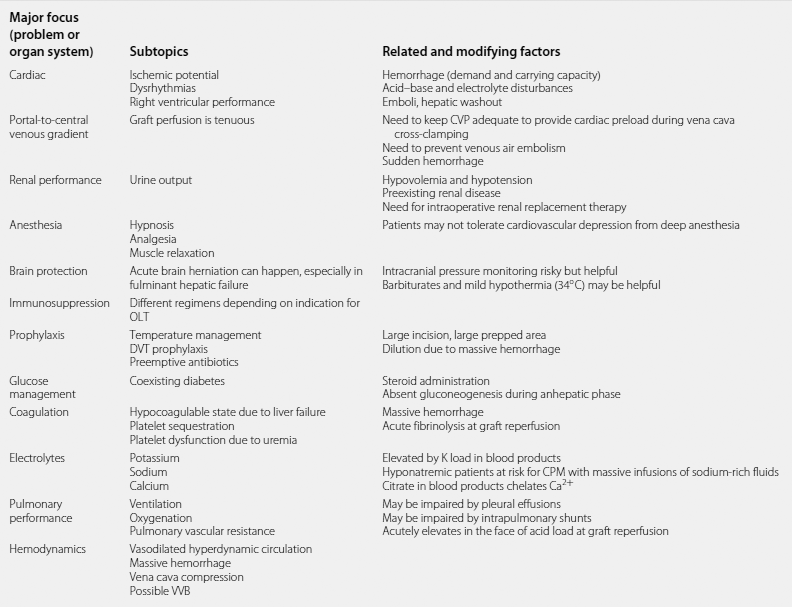




Post a Comment for "Anesthesia Risks For Liver Disease"